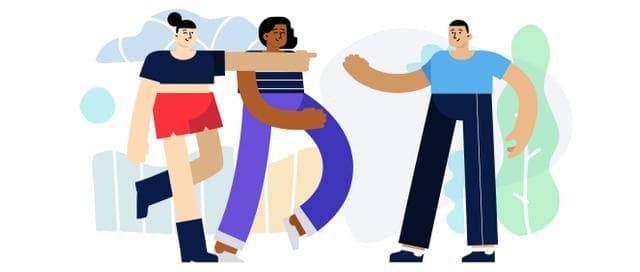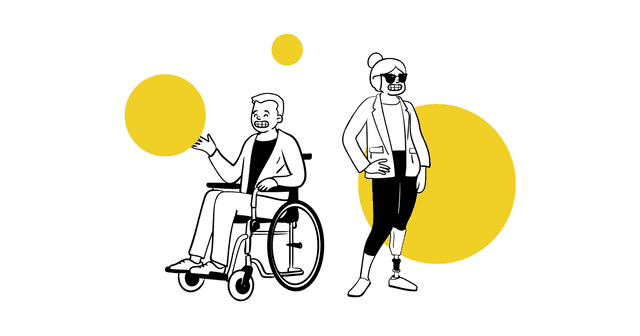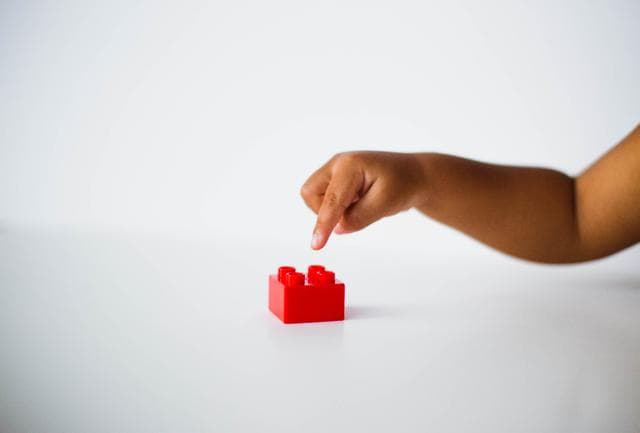Jumping into the world of UX 🦄
A few months ago I stepped into the 'UX world' and here are my first impressions
At the beginning of this year, Codegram was going through an expansion phase, and an upcoming and very exciting change was the creation of an in-house Design Team. For me, as senior Front-End Developer, this was the perfect opportunity to step up and propose to join this potential new team as a UX Engineer. Luckily for me, I was granted that option.
I’ve always been captivated by UIs, design systems, well-crafted interactions that don’t lose focus on the technical aspects, such as performance or accessibility, and I loved the idea of being involved in the early stages of different projects, taking on a cross-functional role that helps both design and engineering teams to improve their communication.
But what exactly do UXEs do?
As a Front-End Developer, I’m already covering accessibility, performance interaction and eye-candy tasks. So what’s the difference? How different is it from the work I’m doing right now as developer?
As I already mentioned, UXE is a cross-functional role, so an overlap with the front-end and design roles is unavoidable, but at the same time, my role as a developer was starting to require more meetings, prototyping and review tasks than usual, and I was concerned about my productivity.
Three months later, that has changed a bit: now I’m more aware that being productive is not only about coding and deliveries, and that doing some research and planning things ahead is well-invested time.
Taking that into account, I would like to share my early conclusions about what exactly an UXE does:
A User Experience Engineer is a seasoned developer with design sensibility that is interested in the user’s perspective on the application.
As such, my current tasks and responsibilities are:
- Improve overall communication between design and engineering teams
- Promote the usability and accessibility value across the project
- Assess the technical feasibility of the design implementation
- Be present during the initial stages of the project such as prototyping, user testing and style guide definitions
- Build understandable style guides and component libraries
- Document everything to improve communication between teams
- Stay on top of all user feedback across projects to keep improving their experience.
What skills do I need?
This is the trickiest question for which I’ve had to find an answer, since the qualifications for this role will really depend on the company product and goals.
To provide an overview, I would recommend having excellent front-end engineering skills with a twist of user experience and design fundamentals.
That can be translated to:
- Solid engineering fundamentals
- Being familiar with design principles
- Being conformable working with your design teamtoolkit
- Staying current with front-end and UIX trends and best practices
- Being able to solve accessibility and interactionproblems at different stages of the project
- Being comfortable creating technical and design documentation for both teams
- Being empathic, as you must be able to put on the different user’s shoes to build a great product
Conclusion
In this short period of time as a UXE, I realized that design sensitivity and programming experience may not be enough to become an expert UX Engineer. Therefore, this has pushed me to pursue this career path and to keep diving into new fields: design fundamentals, accessibility, interaction, and more.
I’ll definitely be back with more posts on my exciting adventure as a UX Engineer here at Codegram. Stay tuned!
Cover photo by Lucas Santos


